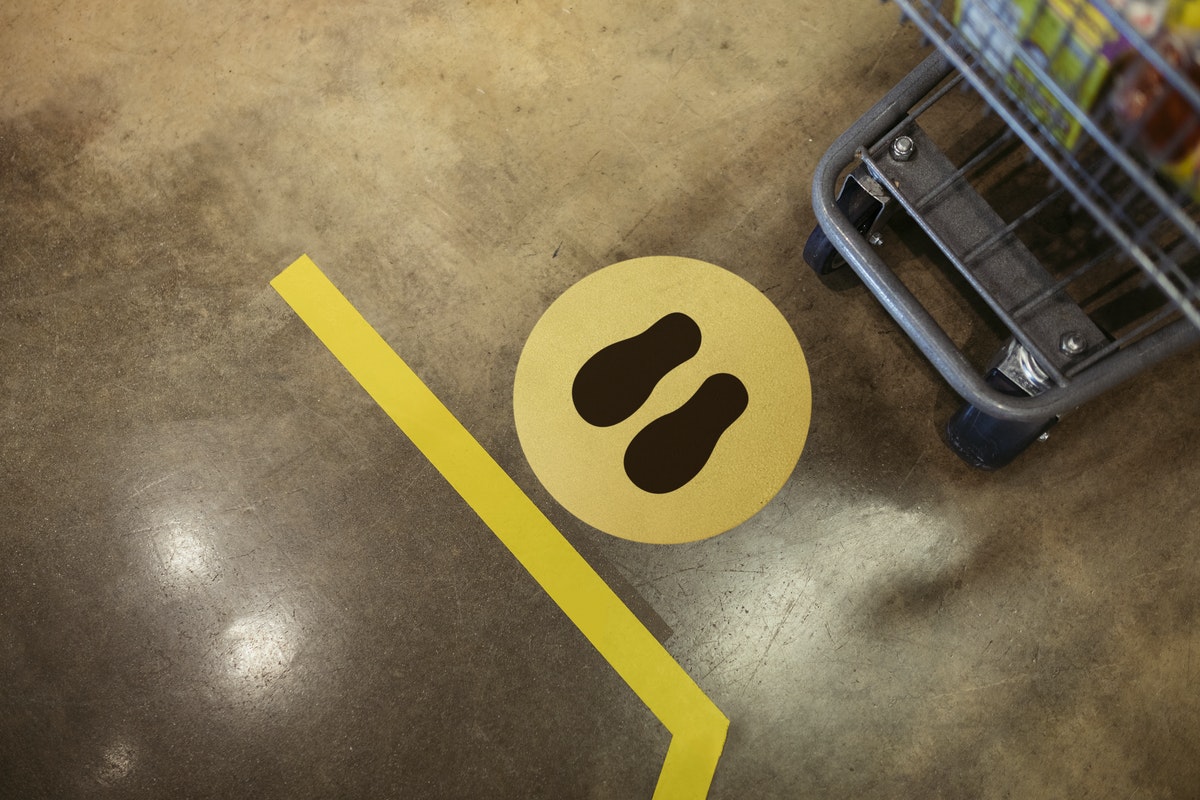How COVID-19 affected retail in Germany: insights & statistics
Written by
Kinga EdwardsPublished on

It is undeniable that the COVID-19 pandemic has shaken the foundation of worldwide trade – both brick and mortar and ecommerce. While the restrictions are slowly being loosened, pandemic shopping habits have remained with many consumers. Keep reading if you are wondering how shopping looks nowadays.
What is the situation in Germany? Here you can read the statements of Simon Moore, CEO of Innovation Bubble consulting company. He provided some valuable insights about post lockdown shopping. In this article, we will try to gather the most important information about how COVID-19 affected German retail in a nutshell.
A few months ago, stationary trade could return to business. Small retail stores began selling again, and so as big-box ones. Of course, all stores work in accordance with the new sanitary guidelines and with all the required measures of protection.
Consumers stayed at home
Lockdown showed us all the power of online shopping. Not only did it provide us with the most needed things during the pandemic. But thanks for ecommerce it also turned out that many of the items that most of us have been buying in stationery stores so far can be easily ordered online. And we keep buying them that way.
During the first weeks of the pandemic, products from China, e.g., electronic appliances, were perceived as hazardous for health. Consumers were cautious when it came to shopping for such items. What is more, not many people were not in the mood for parties (and during some time parties were forbidden), so retailers provided events decorations, etc., were affected some losses.
The after-lockdown period of time showed that German consumers did not miss going to the shops at all. Stefan Stukenborg, head of the Ikea branch in Cologne, admitted that after reopening the store, consumers did not gather impatiently in front of the store waiting for the opening. On the contrary, there were much fewer buyers than usual. There were no crowds or lines. Which, from a pandemic point of view, is very good. But what does it look like from the economic side?
Most of the German retailers have been affected
There is a study provided by the Dealer Association in which 412 retailers were surveyed. Here are the results:
- 70% of German retailers are affected by the corona crisis.
- 55% of them have lost business.
- 9 out of 10 are neither afraid nor panicked.
- 82% of retailers expect the situation to get worse.
- 26% forego business trips.
- 47% are unsettled due to the Covid-19 crisis.
These numbers showed that retail has suffered from the pandemic, and the future is not in totally bright colors. For some of them, the losses may be so large that they will not be able to sustain the next months despite the return of trade.
The study shows that 55% of the dealers are affected by the corona crisis due to a drop in sales. Those who could afford to invest in ecommerce are in a slightly better position, although it all depends primarily on the type of business and its size. In the end, only 9% of surveyed retailers benefit from the pandemic situation.
Prices have changed – so did VAT

The German government, wanting to take care of those working in the trade, decided to reduce VAT rates temporarily. In order to stimulate consumption. The basic VAT rate fell from 19% to 16%, and the reduced VAT rate for food from 7% to 5%. The new regulations have been in force from July 1 until the end of the year.
While this type of government behavior can be read as a good gesture towards smaller sellers, giants such as Lidl and Aldi have started a price war. Just before the entry into force of the new VAT rates, Lidl began its actions by reducing prices of many products. It did not take long for competitors to respond. Aldi lowered the prices of all its products by 3% and decided to get an additional 1% discount on selected food products. These activities are aimed at proving to consumers in which of the stores they will buy the cheapest. Lidl boasts that when comparing the given 70 products from the store’s assortment, it is EUR 11 cheaper than its large rival. But how about smaller stores?
Perhaps the reduced VAT stimulated consumption but also increased the pricing activities of market leaders. Unfortunately, smaller sellers cannot afford such low prices (despite lower VAT). The law of the market is inexorable – the consumer will go where it is cheaper.
Ecommerce suffered, too
While stationary trade had to be halted, ecommerce was starting to experience a siege, like never before. And no one was prepared for that. Due to the new sanitary requirements, the number of people working in warehouses had to be reduced, as well as those who were taking care of orders or packing them. Couriers also worked under the new sanitary requirements and had to meet many more orders. It all was taking much more time and clients were forced to wait a bit longer.
Let’s not forget that many manufacturing and service companies also cooperate with ecommerce to operate in the market. The flow of goods was difficult, particularly between countries. As shown by the research results conducted in May this year, almost 60% of businesses experienced delays in deliveries. Due to limited transport possibilities, 55% experienced delays in assortment planning. The same number has announced official delivery delays or cancellations. As you can see, it was a rough time for ecommerce, too. If you want to delve into the topic here you can find some interesting statistics.
Conclusions
The coronavirus pandemic has had a big impact on every part of people’s lives. Every industry had felt that it was a serious situation and nothing was sure about the future. As you have read, both stationery retailers and ecommerce suffered from COVID-19 effects. And still do. The worldwide pandemic situation is dynamic. We have no idea what the next few months will look like, but we can keep our fingers crossed for all retailers that they feel COVID-19 effects as little as possible.


